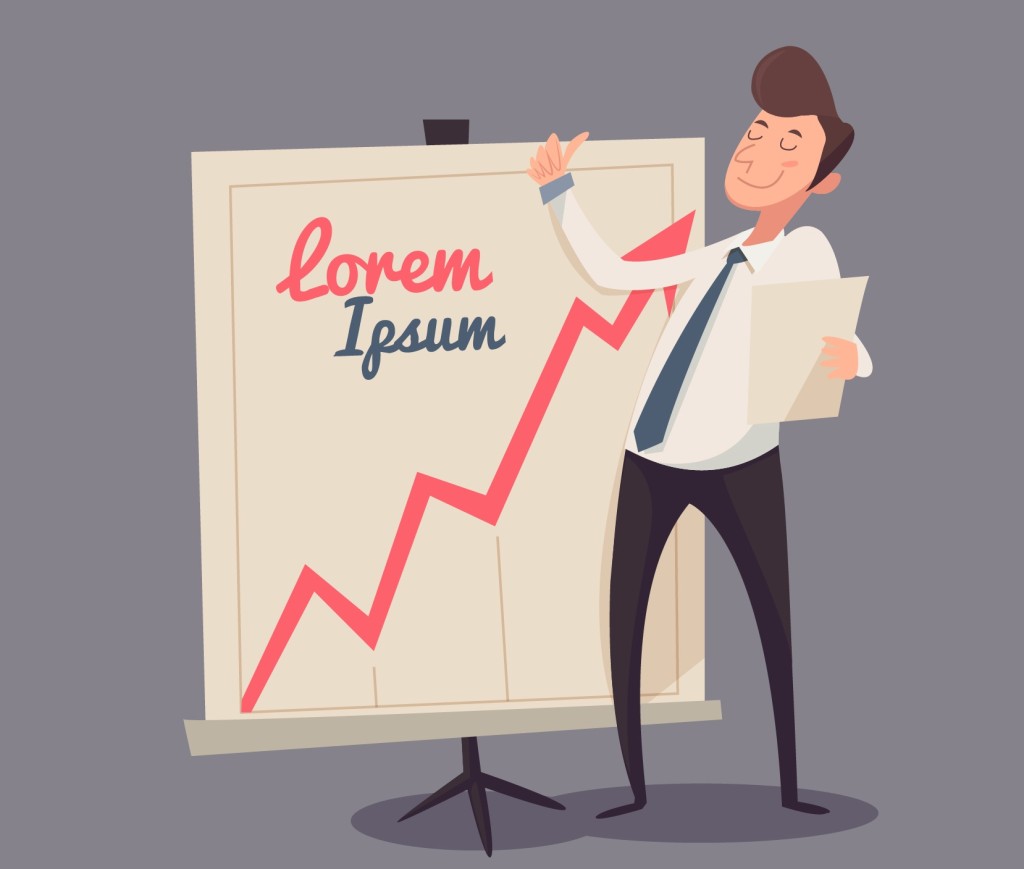The classic B2B buyer’s journey encompasses all the steps from the point of initial awareness about your company’s products to the final point of sale. Some buyer journeys go one step further, to include a “post-sale” process, in which companies have a chance to prepare the customer for the eventual repeat sale (or up-sell). Along each step of this journey, it’s up to each company to gently nudge or move the prospect along. Here are a few steps you can take to convert leads along each step of this B2B buyer’s journey:
#1: Customize content for each stage of the journey
Sales is no longer a one-size-fits-all game, in which the same methods, tactics and strategies can be used at each stage of the buyer’s journey. Instead, companies need to be thinking of ways that they are customizing and personalizing content for each specific stage of the journey.
Think of it this way – a prospect who is just now finding out about your company and its products is going to require a very different sales approach than a prospect who is becoming more and more informed about all the different options available in the marketplace. In the awareness stage of the buyer’s journey, the focus should be a more general message that focuses on the overall brand and what it stands for. Later in the journey, when the prospect is evaluating all the competing options out there, the focus needs to be more specific. This might include developing customized case studies for specific industries or sectors.
#2: Measure and collect data at every stage
As a B2B company, you absolutely have to know why prospects are stopping at certain stages of the journey, or in some cases, quitting the journey entirely. You also have to know how much time they are spending on each stage of the journey. This will help you determine how much – or if – you should be nudging and nurturing them along.
The key here, of course, is data. At every point of contact with the prospect, you need to be measuring and collecting data. For example, if you are sending out email messages during the initial awareness stage of the journey, begin to measure simple factors like “open rates” and “click through rates.” This will help you to fine tune your approach. If people aren’t opening your emails, you can’t realistically expect them to buy anything from you, can you?
#3: Test, re-test and re-test again
Ultimately, the message you deliver to prospects will require a bit of A/B testing to see what works – and what doesn’t. By showing prospects a mix of Message A and Message B, you can determine which one is more effective. This is especially important if you’re using social media as part of your messaging strategy. It’s so easy to adjust social media marketing strategies on the fly, that you simply can’t ignore this strategy. For example, if you decide to use a Facebook ads campaign to boost your social reach and get more people to become fans of your page, you can do simple A/B testing to see which ads are working better.
By taking each of these steps – customizing content for each stage of the journey, measuring and collecting data during the journey, and employing some basic A/B testing – you’ll be better positioned to convert leads at every step of the buyer’s journey.
IMAGE: Designed by Freepik

